Wild Carrot Seed: The Ultimate Guide To Growing Harvesting And Using This Powerful Herb
Wild carrot seed, also known as Queen Anne's lace, is a biennial herb that is native to Europe and Asia. It has been used for centuries for its medicinal properties, and it is also a popular culinary herb.
In this blog post, we will provide an overview of wild carrot seed, including its history, health benefits, and how to grow, harvest, and use it.
History of Wild Carrot Seed
Wild carrot seed has been used for centuries for its medicinal properties. The first recorded use of wild carrot seed dates back to ancient Egypt, where it was used to treat a variety of conditions, including stomachache, diarrhea, and fever.
In the Middle Ages, wild carrot seed was also used as a diuretic and to induce menstruation. It was also used as a flavoring agent in food and beverages.
Today, wild carrot seed is still used for its medicinal properties, and it is also a popular culinary herb.
Health Benefits of Wild Carrot Seed
Wild carrot seed contains a number of nutrients that are beneficial to health, including vitamin A, vitamin C, potassium, and calcium. It also contains a number of antioxidants, which can help protect the body against damage from free radicals.
Some of the health benefits of wild carrot seed include:
- Improved digestion: Wild carrot seed is a carminative, which means that it helps to relieve gas and bloating. It can also help to increase appetite and improve digestion.
- Reduced inflammation: Wild carrot seed contains antioxidants that can help to reduce inflammation in the body. This can be beneficial for people with conditions such as arthritis, asthma, and allergies.
- Boosted immunity: Wild carrot seed contains vitamin A, which is important for a healthy immune system. It also contains antioxidants that can help protect the body against infection.
- Improved menstrual health: Wild carrot seed has been traditionally used to induce menstruation and to relieve menstrual cramps.
- Lowered blood pressure: Wild carrot seed contains potassium, which can help to lower blood pressure.
- Reduced risk of cancer: Wild carrot seed contains antioxidants that can help protect the body against cancer.
How to Grow Wild Carrot Seed
Wild carrot seed is relatively easy to grow. It prefers full sun and well-drained soil. The seeds can be sown directly in the ground in the spring or fall.
To sow the seeds, simply sprinkle them over the soil and lightly press them down. Water the seeds well and keep the soil moist until they germinate.
The seeds will germinate in about 2-4 weeks. Once the seedlings have emerged, thin them so that they are about 6 inches apart.
Wild carrot seed plants will flower in the second year. The flowers are white and have a delicate fragrance.
How to Harvest Wild Carrot Seed
Wild carrot seed can be harvested when the flowers have turned brown and the seeds are dry. To harvest the seeds, simply cut the flower heads off of the plant and place them in a paper bag.
The seeds will fall out of the flower heads on their own. Once all of the seeds have fallen out, you can remove the paper bag and store the seeds in an airtight container in a cool, dry place.
How to Use Wild Carrot Seed
Wild carrot seed can be used in a variety of ways. It can be added to food as a spice, or it can be brewed into a tea. Wild carrot seed can also be used in capsules or tinctures.
Here are some ideas for how to use wild carrot seed:
- Add a teaspoon of wild carrot seed to your favorite soup or stew.
- Brew a cup of wild carrot seed tea by adding 1 teaspoon of seeds to a cup of boiling water. Let the tea steep for 5-10 minutes before straining and drinking.
- Take 1-2 capsules of wild carrot seed daily.
- Add 10-15 drops of wild carrot seed tincture to a glass of water and drink twice daily.
Conclusion
Wild carrot seed is a versatile herb that has a long history of use for both medicinal and culinary purposes. It is relatively easy to grow and harvest, and it can be used in a variety of ways.
If you are looking for a natural way to improve your health, wild carrot seed may be a good option for you. However, it is important to talk to your doctor before taking wild carrot seed, especially if you are pregnant or breastfeeding.
Wild carrot seed has a long history of use as a natural remedy for a variety of health conditions. It is known to be effective for treating digestive problems, urinary tract infections, and menstrual cramps. Wild carrot seed is also a powerful antioxidant and can help to protect the body from damage caused by free radicals.
If you are interested in learning more about the health benefits of wild carrot seed, I encourage you to visit Home Gardening. This website provides comprehensive information about wild carrot seed, including its uses, side effects, and dosage recommendations. You can also find recipes for using wild carrot seed in cooking and beauty products.
FAQ of wild carrot seed
- What is wild carrot seed?
Wild carrot seed is the seed of the Daucus carota plant, which is a wild relative of the cultivated carrot. Wild carrot seeds are small and brown, and they have a slightly bitter taste.
- What are the benefits of wild carrot seed?
Wild carrot seed has a number of potential health benefits, including:
* Antioxidant properties: Wild carrot seed contains antioxidants, which can help protect cells from damage caused by free radicals.
* Anti-inflammatory properties: Wild carrot seed has anti-inflammatory properties, which can help reduce inflammation in the body.
* Digestive health: Wild carrot seed can help to improve digestive health by stimulating the production of bile and digestive enzymes.
* Eye health: Wild carrot seed contains beta-carotene, which is converted to vitamin A in the body. Vitamin A is important for eye health and can help to prevent night blindness and other eye problems.
* Immune health: Wild carrot seed contains vitamin C, which is an important nutrient for immune health. Vitamin C helps the body to fight off infections.
- How to grow wild carrot seed?
Wild carrot seed is relatively easy to grow. It can be sown directly in the ground in the fall or spring. The seeds need cold to germinate, so they will germinate better if they are sown in the fall. If you sow the seeds in the spring, you may need to scarify them (scratch the seed coat) to help them germinate.
Wild carrot seed should be sown in a well-drained soil that is in full sun. The seeds should be spaced about 1 inch apart. Once the seedlings have emerged, thin them to about 2 inches apart.
Wild carrot plants are relatively drought-tolerant, but they will do best if they are watered regularly during dry periods. They do not need to be fertilized, but you can add a light layer of compost to the soil before planting to help improve drainage and nutrient content.
- How to harvest wild carrot seed?
Wild carrot seed can be harvested when the seed heads are brown and dry. The seed heads can be cut off and dried in a paper bag or on a screen. Once the seeds are dry, they can be stored in an airtight container in a cool, dark place.
- Are wild carrot seeds safe to eat?
Yes, wild carrot seeds are safe to eat. However, they do have a slightly bitter taste. If you are not used to the taste, you may want to start by eating a small amount and then gradually increase the amount you eat.
- Are wild carrot seeds poisonous?
No, wild carrot seeds are not poisonous. However, they can cause allergic reactions in some people. If you have any concerns, it is best to talk to your doctor before eating wild carrot seeds.
- How to identify wild carrot seed?
Wild carrot seed can be identified by its small, brown seeds. The seeds are typically about 1/4 inch long and have a slightly pointed tip. The seed heads are also distinctive, with a feathery appearance.
Wild carrot seed can be mistaken for other types of seeds, such as Queen Anne's lace or hemlock. It is important to be able to identify wild carrot seed correctly before consuming it.
Image of wild carrot seed
- Dew-covered seed head of Queen Anne's lace (Daucus carota), also called "wild carrot." Ancestor of the garden carrot. Seeds heads form cups that look like a bird's nest.
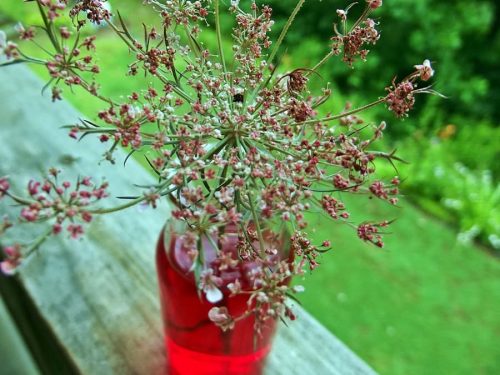
- Wild carrot seeds. The flowering time of Wild carrots is when seeds are formed that have sharp hooks that allow them to cling to spread in nature.
- Close-up of wild carrot seeds. The seeds are small and brown, with a slightly hairy texture.
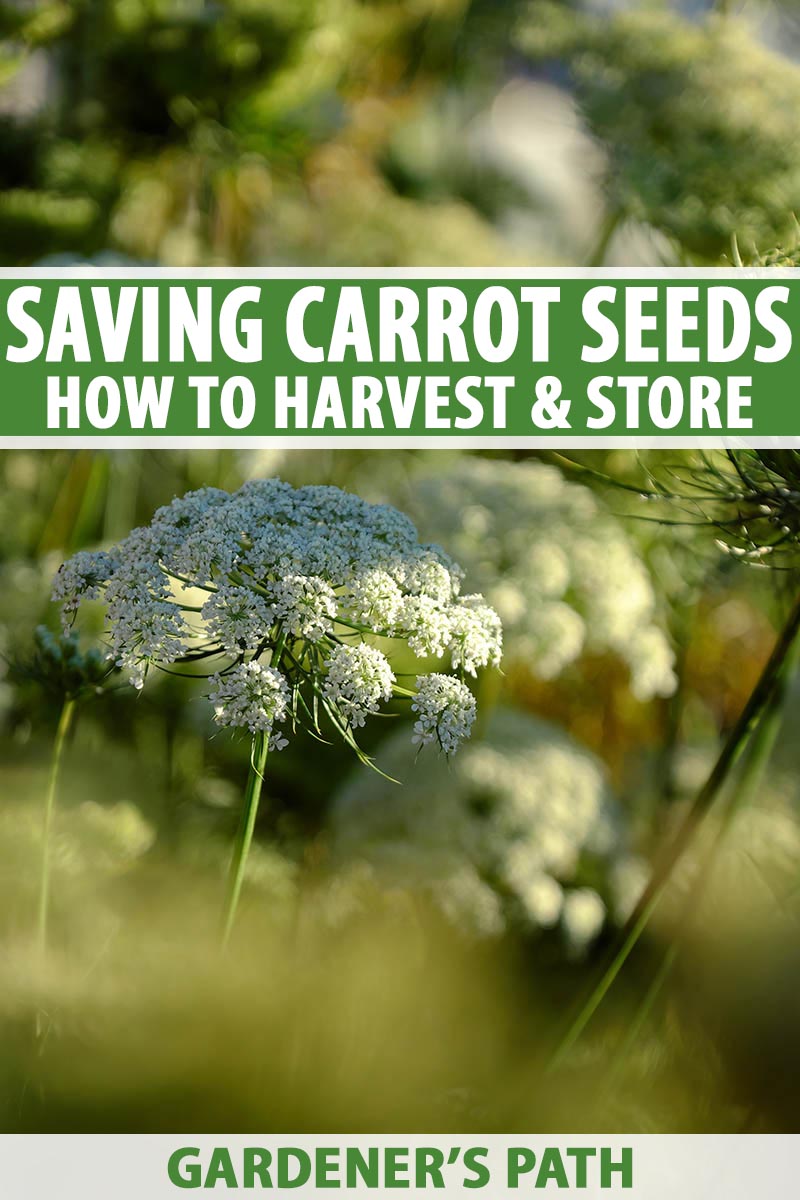
- Wild carrot seeds in a pile. The seeds are a mix of brown and tan colors.

- Wild carrot seeds in a bird's nest. The seeds have attached themselves to the fibers of the nest, helping to spread the plant.

- Wild carrot seeds in a field. The seeds are scattered among the grasses and wildflowers.
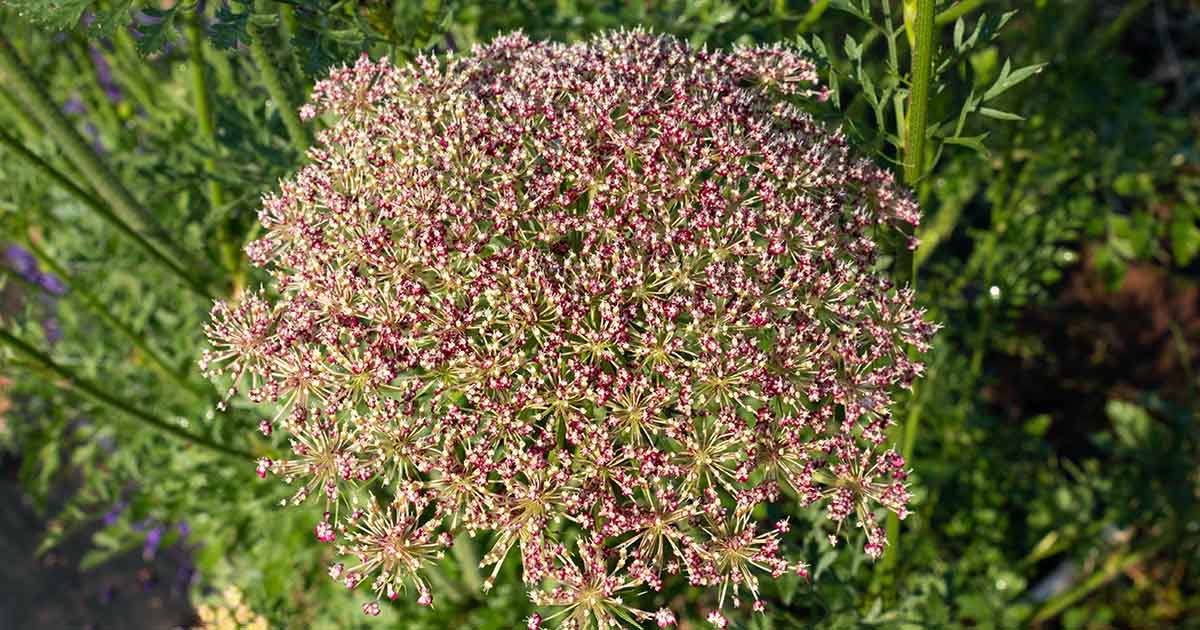
- Wild carrot seeds in a hand. The seeds are small and delicate, but they are also hardy and can survive in a variety of conditions.

- Wild carrot seeds being harvested. The seeds are ripe and ready to be collected.
- Wild carrot seeds being dried. The seeds are spread out on a drying rack to remove the moisture.
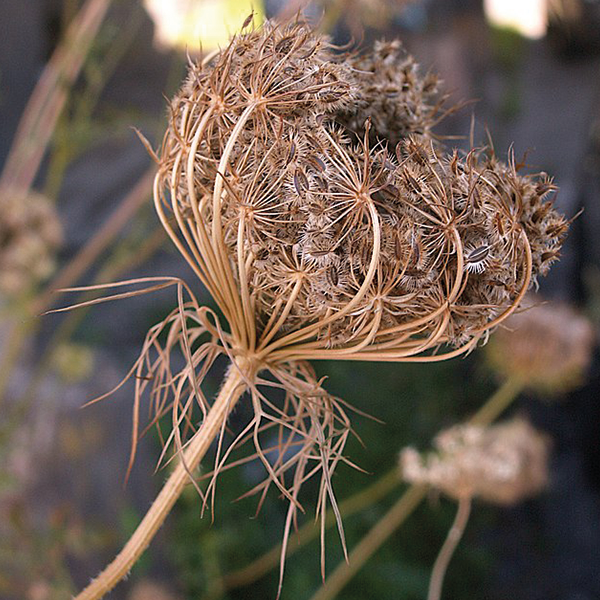
- Wild carrot seeds being stored. The seeds are stored in an airtight container in a cool, dark place.

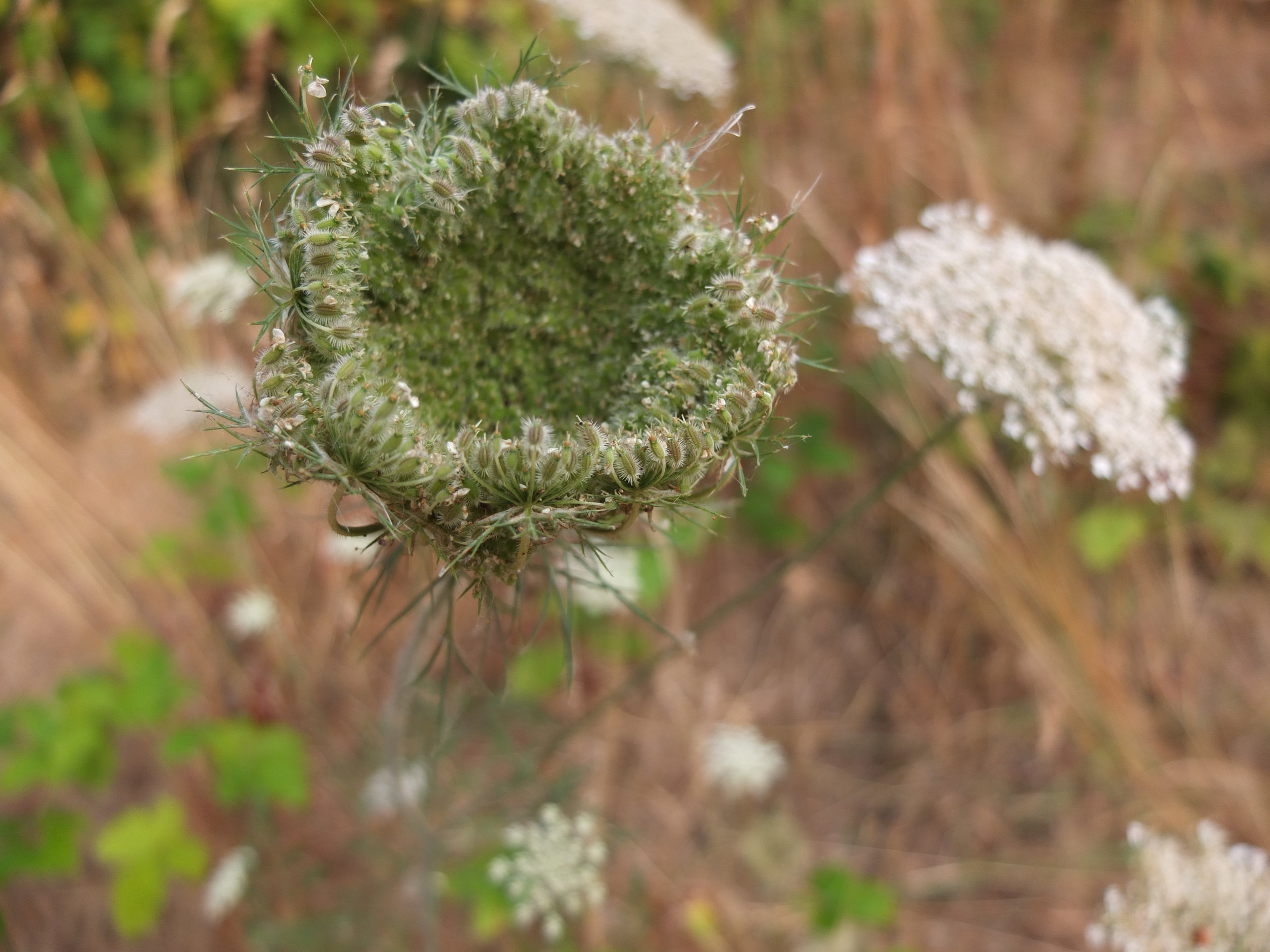
Post a Comment for "Wild Carrot Seed: The Ultimate Guide To Growing Harvesting And Using This Powerful Herb"